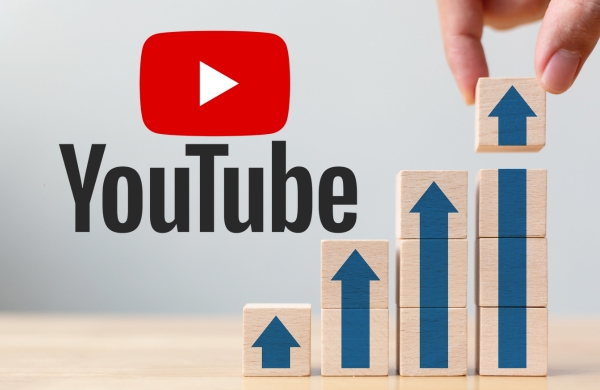
YouTube, the world’s most popular video-sharing platform, has been undergoing significant changes in recent times. With a new CEO at the helm and a strong focus on revenue generation, the platform has implemented various strategies to maximize profitability.
Here, we will explore the transformations taking place on YouTube, particularly in terms of advertising and the introduction of premium content behind a paywall. We will also discuss the potential benefits of decentralization and its impact on the YouTube community.
The Shift in YouTube’s Revenue Generation
Traditionally, YouTube’s primary revenue stream has been through advertisements. However, recent developments indicate a concerted effort by the platform to combat ad-blockers and ensure uninterrupted revenue generation.
YouTube, along with its parent company Google, has intensified its battle against ad-blocker usage, striving to restrict access to the platform for those who employ such tools. This move aligns with Google’s vested interest in maintaining profitability for the world’s most popular video site and its widely used browser, Google Chrome.
Also Read: Micron Technology to Invest $875 Million in Testing and Packaging Facility in Gujarat
Premium Paywall for Higher Quality Content
Apart from tackling ad-blockers, YouTube has introduced a major change to its revenue streams that doesn’t involve advertisements directly. The platform has started placing high-quality videos, such as 4K content, behind the YouTube Premium paywall. Initially, this was a limited experiment, but it demonstrated the potential of locking higher quality content behind a paywall to offset increased bandwidth and storage costs for YouTube.
The rationale behind this strategy is straightforward. 4K videos consume significantly more bandwidth and storage, resulting in higher expenses for YouTube. However, the revenue generated from ads shown on 4K content does not necessarily compensate for these added costs.
Furthermore, many viewers who consume 4K content do so on devices like phones, tablets, and laptops with small screens, rendering the higher resolution less noticeable. By making higher quality content exclusive to YouTube Premium subscribers, the platform can reduce costs and focus on delivering content optimized for smaller screens.
Decentralization as an Alternative Approach
While YouTube’s current strategies may be logical from a business standpoint, there are alternative approaches worth considering. One such approach is decentralization, wherein content creators serve their videos to their fans in a peer-to-peer manner, similar to the BitTorrent protocol. Several platforms, like Library, already operate on this principle but have not gained the widespread recognition of YouTube.
Under a decentralized system, fans download videos directly from content creators or temporary servers provided by the platform. Once a certain number of fans have downloaded the video, they act as mini data centers, serving the content to others who can then download and share it further.
To ensure fairness, participation in this decentralized hosting would be optional, allowing users to decide whether they want to contribute their bandwidth and hard drive space. This approach could significantly reduce YouTube’s monthly costs associated with server maintenance and data centers.
Benefits of Decentralization for YouTube
Implementing a decentralized model would not only reduce YouTube’s expenses but also bring new life to the YouTube community. In this system, only creators with dedicated fans willing to host and distribute their videos would thrive.
Clickbait videos, for instance, would struggle to go viral, as the bandwidth limitations would prevent widespread sharing. Consequently, content creators would be incentivized to produce high-quality, engaging videos that resonate with their audience.
Moreover, shorter videos would become more prevalent, as smaller file sizes would encourage greater downloads and sustained retention on viewers’ devices. Building stronger connections between content creators and fans would also be crucial, as users must genuinely care about a creator’s content to act as a mini data center.
Ultimately, this decentralized approach could result in a more authentic and engaged YouTube community.
Also Read: Netflix’s Crackdown on Password Sharing Sparks Positive Growth
Conclusion
YouTube’s evolving revenue strategies, including combating ad-blockers and placing higher quality content behind a paywall, reflect the platform’s efforts to maximize profitability. While these strategies are understandable from a business perspective, alternative approaches like decentralization offer promising opportunities for YouTube’s future.
By allowing content creators and their fans to participate in peer-to-peer sharing, YouTube could reduce costs, foster stronger connections, and maintain its position as the leading video-sharing platform.
However, the implementation of decentralization on a platform as vast as YouTube may pose technical challenges and require careful consideration. Only time will tell if YouTube embraces such a transformative shift or if other platforms rise to challenge its dominance. As users, creators, and viewers, we must continue to explore and discuss the possibilities that lie ahead for online media.

Leave a Reply